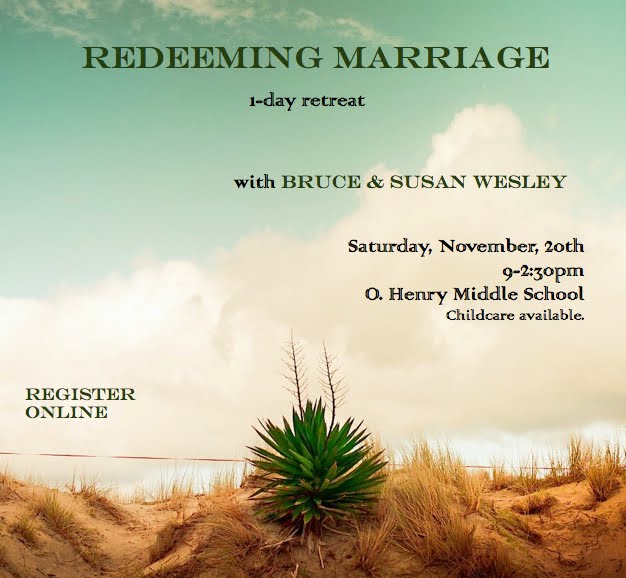 Missional Church has been quite the buzz in the evangelical church world. As with any buzz, it has a polarizing effect. People often adopt or reject the concept before they have properly understood it. This creates a bandwagon effect, uncritical early adopters who adopt an idea, jump on the bandwagon, without depth of understanding of what they have committed themselves to. Alternatively, there are the hypercritical naysayers, who naysay missional church as a fading fad. Ironically, the hypercritical naysayers commit the same error as the uncritical early adopters. Both responses fail to adequately investigate just what “missional church” is. This three part series will address the dangers in transitioning to missional church, either as a new church plant or an existing church.
Missional Church has been quite the buzz in the evangelical church world. As with any buzz, it has a polarizing effect. People often adopt or reject the concept before they have properly understood it. This creates a bandwagon effect, uncritical early adopters who adopt an idea, jump on the bandwagon, without depth of understanding of what they have committed themselves to. Alternatively, there are the hypercritical naysayers, who naysay missional church as a fading fad. Ironically, the hypercritical naysayers commit the same error as the uncritical early adopters. Both responses fail to adequately investigate just what “missional church” is. This three part series will address the dangers in transitioning to missional church, either as a new church plant or an existing church.
Clarifying Missional Church
The missional church is not a church with a mission. All churches have a mission. Stated or unstated, all churches practice some kind of mission. It may be keep to the immoral out, to keep sound doctrine in, to pray for revival, or to send missionaries to the nations. Each of these churches is an example of church with a mission. The missional church, however is church as mission. In the words of Darrell Guder, the challenge “is to move from a church with mission to a missional church.â€[1]
In light of this important distinction, it is critical that transitioning churches understand the difference between church with a mission versus church as mission. To clarify the difference, consider the following chart:
Church WITH a Mission                                            Church AS a Mission
| What You Do        (Task) | Who You Are      (Identity) |
| Optional                 (Elective) | Essential              (Core) |
| Extraordinary      (Elitist) | Ordinary              (Everyone) |
| Project Focus       (Event) | People Focus      (Disciple) |
Traditional churches view the church as a church with a mission, at best. This mission may be sending missionaries to the nations, transforming the church neighborhood, or guarding and promoting sound doctrine. While all worthy missions, these are all examples of church with a mission. They focus on a task to be performed not and identity of the church. As a result, the mission of the church becomes optional not essential, creating a first and second tier Christianity comprised of ordinary and extraordinary Christians who do mission. At best, this accomplishes some mission but often remains very project focused not disciple-making driven.
What then is a missional church? Guder writes: “With the term missional we emphasize the essential vocation and nature of the church as God’s called and sent people.â€[2] Missional churches are missional in nature and vocation. Missional is who they are, and as a result, mission is what they do. It is not simply a both/and. If mission as nature does not precede mission as vocation, mission-as-identity before mission-as-task, then churches that attempt to become or transition into missional church will either fail or fall into syncretistic missional ecclesiology. A depth of understanding that mission is what we are before it is what we do will be absolutely essential to planting or transitioning a missional church.
This post is adapted from my recent talk Why Missional Church Doesn’t Have a Shelf Life
[1] Darrell Guder ed., The Missional Church: A Vision for the Sending of the Church in North America, 6. This was a landmark book for the missional church movement in North America. Many missional leaders and organizations can trace their roots to Guder’s seminal influence on American ecclesiology.
[2] Guder, The Missional Church, 11.



 There’s nothing like great art to inspire great creativity, awe, and joy. A recent art collector found $42.6 million worth of joy in a
There’s nothing like great art to inspire great creativity, awe, and joy. A recent art collector found $42.6 million worth of joy in a 